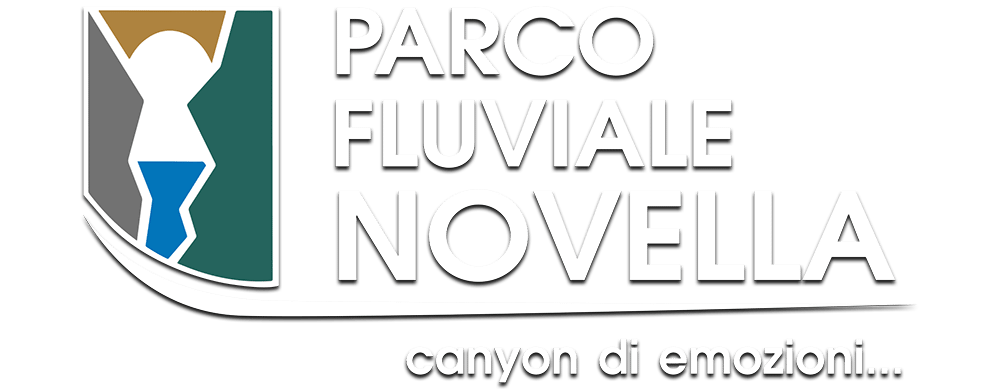The roe deer in the Novella River Park
This cute mammal, belonging to the deer family, is present throughout Trentino and if you are lucky you will be able to meet it during the path through the apple orchards that leads to the gorge of the Novella River Park. It is a shy and solitary animal, so don’t be surprised if it runs away from your sight. During the day it takes shelter in the woods, while at dusk and early in the morning it goes out to graze on the grass among the apple orchards.
Description
The roe deer is the smallest European deer and has the typical structure of the animal, well adapted to jumping, where the hind legs are longer and more robust than the front ones. The coat changes color depending on the season, in summer it is reddish brown, while in winter gray-brown.
During the hot season, distinguishing the male from the female is simple, the main difference is the antler, i.e. the two horns present in the male. Later, we’ll delve deeper into this topic.
But it is in autumn that the distinction between the sexes becomes difficult! So do you know what you need to look at?
The shape of the anal ☺ mirror Oh yes, you read that right, in males it is kidney-shaped, with a concavity pointing downwards; In females it is heart-shaped due to the presence of the tuft of hair in the vulvar area, called “false tail”.
Reproduction of roe deer
Between mid-July and the end of August there is the mating season. The puppy, however, is not born immediately because a particular phenomenon occurs in the roe deer, namely the “embryonic diapause”: the fertilized eggs undergo a quiescent period of about 5 months.
Around January, the actual gestation begins, thus making the births coincide with the most favorable season, i.e. between May and June.
The young, usually 2, are born with their eyes open, covered by brown camouflage fur dotted with white on the back. They are odorless, so they do not attract the attention of predators and lie motionless on the ground. The mother is always nearby, she joins them to breastfeed them and only after the first 3 months of life will they be able to follow her.
If during your visit to the Novella River Park, but also in other places, you are lucky enough to see a baby roe deer, DO NOT touch it for any reason! By touching the baby, the mother will smell your scent and abandon it.
The Stage
You may be wondering what antlers are because you probably know them as horns, which in this case is not the right term.
The horns are permanent on the animal, they never fall off like in chamois or ibex.
The antler is an extension of the frontal bone and is replaced every year after the mating season by deer and roe deer.
The growth of the stage starts again in winter and ends in spring. They are covered with “velvet”, the skin covering that protects them and allows them to grow. At the end of growth, the velvet, which is no longer needed, is removed by rubbing the animal against the trunks of small trees and shrubs.
If you liked this article let us know ☺, we are waiting for you on our Instagram and Facebook pages and of course… at the Novella River Park!



